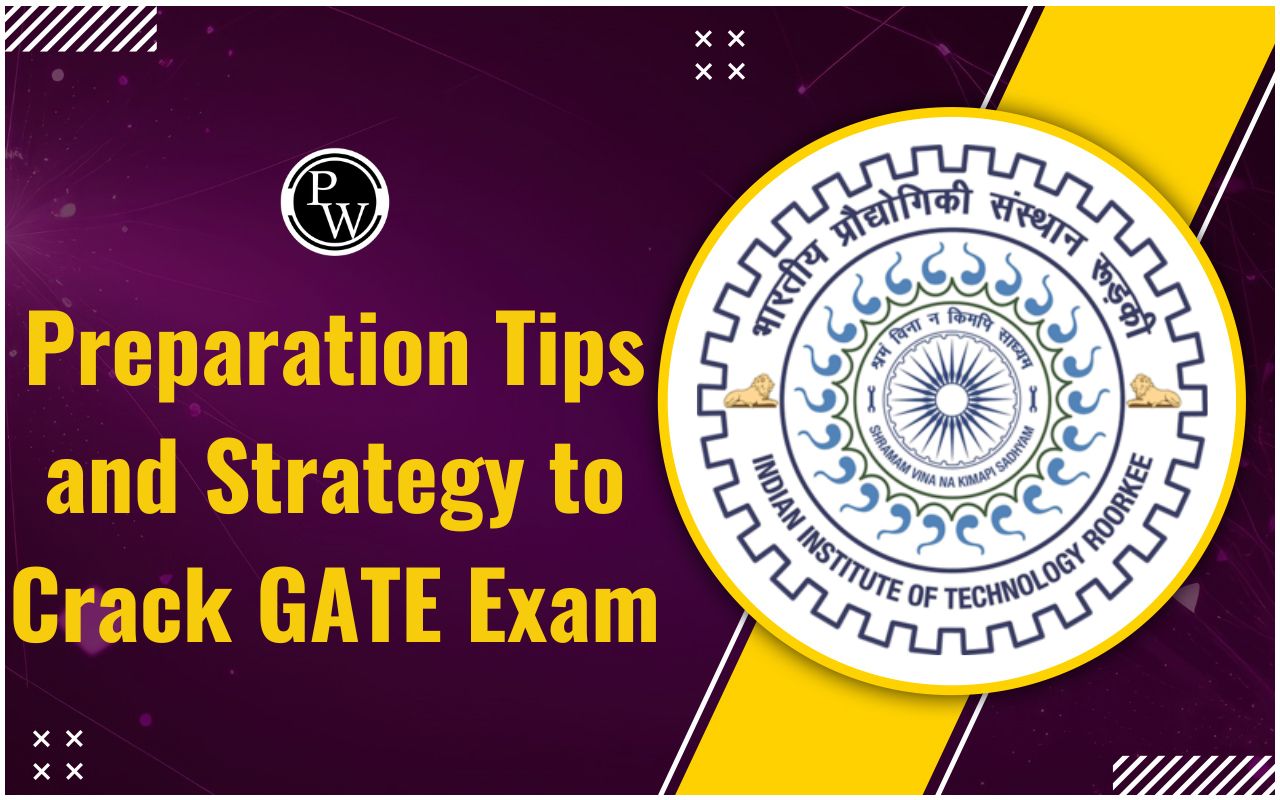CBSE Syllabus Class 12 Physics 2025-26

CBSE Syllabus Class 12 Physics 2025-26
The Central Board of Secondary Education (CBSE) prepares the CBSE Syllabus Class 12 Physics 2025-26 and conducts the Class 12 exam. Students can download the latest CBSE Class 12 Physics Syllabus PDF from the below provided link. Completing the course helps students know the topics they plan to study in physics during the academic year. The PDF file also includes a list of Physical exams along with detailed information about the practical syllabus.
CBSE Syllabus Class 12 Physics 2025-26
CBSE Class 12 Physics Syllabus 2025-26 works as an overview, informing students about the weightage of marks given to each chapter so that they can manage their time better. The theory part is of 70 marks whereas the practical part is of 30 marks. We have tabulated below the units and chapters.
|
CBSE Syllabus Class 12 Physics 2025-26 |
|||
|
Unit No. |
Unit Name |
Chapters |
Total Marks |
|
Unit 1 |
Electrostatics |
16 |
|
|
Unit 2 |
Current Electricity |
||
|
Unit 3 |
Magnetic Effects of Current and Magnetism |
17 |
|
|
Unit 4 |
Electromagnetic Induction and Alternating Currents |
Chapter 6 – Electromagnetic Induction |
|
|
Chapter 7 – Alternating Current |
|||
|
Unit 5 |
Electromagnetic Waves |
Chapter 8 – Electromagnetic Waves |
18 |
|
Unit 6 |
Optics |
Chapter 9 – Ray Optics and Optical Instruments |
|
|
Chapter 10 – Wave Optics |
|||
|
Unit 7 |
Dual Nature of Radiation and Matter |
Chapter 11 – Dual Nature of Radiation and Matter |
12 |
|
Unit 8 |
Atoms and Nuclei |
Chapter 12 – Atoms |
|
|
Chapter 13 – Nuclei |
|||
|
Unit 9 |
Electronic Devices |
Chapter 14 – Semiconductor Electronics: Materials, Devices, and Simple Circuits |
7 |
|
Total |
70 |
||
Check out: Class 12th Question Banks
CBSE Physics Syllabus Class 12
Unit 1: Electrostatics
-
Chapter 1 - Electric Charges and Fields
-
Chapter 2 - Electrostatic Potential and Capacitance
Unit 2: Current electricity
-
Chapter 3 - Current electricity
Unit 3: Magnetic effects of current and magnetism
-
Chapter 4 - Moving charges and magnetism
-
Chapter 5 - Magnetism and matter
Unit 4: Electromagnetic induction and alternating currents
-
Chapter 6: Electromagnetic induction
-
Chapter 7: Alternating current
Unit 5: Electromagnetic waves
-
Chapter 8 - Electromagnetic waves
Unit 6: Optics
-
Chapter 9 - Ray optics and optical instruments
-
Chapter 10 - Wave optics
Unit 7: Dual nature of radiation and matter
-
Chapter 11 - Dual nature of radiation and matter
Unit 8: Atoms and nuclei
-
Chapter 12 - Atoms
-
Chapter 13 - Nuclei
Unit 9: Electronic devices
-
Chapter 14 - Semiconductor electronics: Materials, devices and simple circuits
CBSE Syllabus Class 12 Physics 2025-26
To help students, key concepts for all units and chapters are given here. CBSE Syllabus Class 12 Physics 2025-26 is very important in the academic career of class 12 students as it gives an idea about the courses to study for success in the exams. You need to scroll down our blog to find all the subjects listed in CBSE Class 12 Physics Syllabus 2025-26.
CBSE Class 12 Physics Syllabus 2025-26
Unit 1: Electrostatics
Chapter–1: Electric Charges and Fields
-
Electric charges, Conservation of charge, Coulomb's law-force between two-point charges, forces between multiple charges; superposition principle and continuous charge distribution.
-
Electric field, electric field due to a point charge, electric field lines, electric dipole, electric field due to a dipole, torque on a dipole in uniform electric field.
-
Electric flux, statement of Gauss's theorem and its applications to find field due to infinitely long straight wire, uniformly charged infinite plane sheet and uniformly charged thin spherical shell (field inside and outside).
Chapter–2: Electrostatic Potential and Capacitance
-
Electric potential, potential difference, electric potential due to a point charge, a dipole and system of charges; equipotential surfaces, electrical potential energy of a system of two-point charges and of electric dipole in an electrostatic field.
-
Conductors and insulators, free charges and bound charges inside a conductor. Dielectrics and electric polarization, capacitors and capacitance, combination of capacitors in series and in parallel, capacitance of a parallel plate capacitor with and without dielectric medium between the plates, energy stored in a capacitor (no derivation, formulae only).
Unit 2: Current Electricity
Chapter–3: Current Electricity
-
Electric current, flow of electric charges in a metallic conductor, drift velocity, mobility and their relation with electric current; Ohm's law, V-I characteristics (linear and non-linear).
-
Electrical energy and power, electrical resistivity and conductivity, temperature dependence of resistance, Internal resistance of a cell, potential difference and emf of a cell, combination of cells in series and in parallel, Kirchhoff's rules, Wheatstone bridge.
Unit 3: Magnetic Effects of Current and Magnetism
Chapter–4: Moving Charges and Magnetism
-
Concept of magnetic field, Oersted's experiment.
-
Biot - Savart law and its application to current carrying circular loop.
-
Ampere's law and its applications to infinitely long straight wire. Straight solenoid (only qualitative treatment), force on a moving charge in uniform magnetic and electric fields.
-
Force on a current-carrying conductor in a uniform magnetic field, force between two parallel current-carrying conductors-definition of ampere, torque experienced by a current loop in uniform magnetic field; Current loop as a magnetic dipole and its magnetic dipole moment, moving coil galvanometerits current sensitivity and conversion to ammeter and voltmeter.
Chapter–5: Magnetism and Matter
-
Bar magnet, bar magnet as an equivalent solenoid (qualitative treatment only), magnetic field intensity due to a magnetic dipole (bar magnet) along its axis and perpendicular to its axis (qualitative treatment only), torque on a magnetic dipole (bar magnet) in a uniform magnetic field (qualitative treatment only), magnetic field lines.
-
Magnetic properties of materials- Para-, dia- and ferro - magnetic substances with examples, Magnetization of materials, effect of temperature on magnetic properties.
Check out: Class 12th Sample Papers
Unit 4: Electromagnetic Induction and Alternating Currents
Chapter–6: Electromagnetic Induction
-
Electromagnetic induction; Faraday's laws, induced EMF and current; Lenz's Law, Self and mutual induction.
Chapter–7: Alternating Current
-
Alternating currents, peak and RMS value of alternating current/voltage; reactance and impedance; LCR series circuit (phasors only), resonance, power in AC circuits, power factor, wattless current. AC generator, Transformer.
Unit 5: Electromagnetic waves
Chapter–8: Electromagnetic Waves
-
Basic idea of displacement current, Electromagnetic waves, their characteristics, their transverse nature (qualitative idea only). Electromagnetic spectrum (radio waves, microwaves, infrared, visible, ultraviolet, X-rays, gamma rays) including elementary facts about their uses.
Unit 6: Optics
Chapter–9: Ray Optics and Optical Instruments
-
Ray Optics: Reflection of light, spherical mirrors, mirror formula, refraction of light, total internal reflection and optical fibers, refraction at spherical surfaces, lenses, thin lens formula, lens maker’s formula, magnification, power of a lens, combination of thin lenses in contact, refraction of light through a prism.
-
Optical instruments: Microscopes and astronomical telescopes (reflecting and refracting) and their magnifying powers.
Chapter–10: Wave Optics
-
Wave optics: Wave front and Huygen’s principle, reflection and refraction of plane wave at a plane surface using wave fronts.
-
Proof of laws of reflection and refraction using Huygen’s principle. Interference, Young's double slit experiment and expression for fringe width (No derivation final expression only), coherent sources and sustained interference of light, diffraction due to a single slit, width of central maxima (qualitative treatment only).
Check out: CBSE Sample Question Papers Class 12 Physics for 2025 Exam
Unit 7: Dual Nature of Radiation and Matter
Chapter–11: Dual Nature of Radiation and Matter
-
Dual nature of radiation, Photoelectric effect, Hertz and Lenard's observations; Einstein's photoelectric equation-particle nature of light.
-
Experimental study of photoelectric effect
-
Matter waves-wave nature of particles, de-Broglie relation.
Unit 8: Atoms and Nuclei
Chapter–12: Atoms
-
Alpha-particle scattering experiment; Rutherford's model of atom; Bohr model of hydrogen atom, Expression for radius of nth possible orbit, velocity and energy of electron in his orbit, of hydrogen line spectra (qualitative treatment only).
Chapter–13: Nuclei
-
Composition and size of nucleus, nuclear force
-
Mass-energy relation, mass defect; binding energy per nucleon and its variation with mass number; nuclear fission, nuclear fusion.
Unit 9: Electronic Devices
Chapter–14: Semiconductor Electronics: Materials, Devices and Simple Circuits
-
Energy bands in conductors, semiconductors and insulators (qualitative ideas only) Intrinsic and extrinsic semiconductors- p and n type, p-n junction
-
Semiconductor diode - I-V characteristics in forward and reverse bias, application of junction diode -diode as a rectifier.
CBSE Syllabus Class 12 Physics Practical 2025-26
The record, to be submitted by the students, at the time of their annual examination, has to include:
-
Record of at least 8 Experiments [with 4 from each section], to be performed by the students.
-
Record of at least 6 Activities [with 3 each from section A and section B], to be performed by the students.
-
Report of the project carried out by the students
Read more - CBSE Class 12 Question Bank PDF Download
CBSE Syllabus Class 12 Physics 2025-26 - FAQs
Q1. What is the CBSE Syllabus Class 12 Physics 2025-26?
Ans. We have detailed below the CBSE Syllabus Class 12 Physics 2025-26 for the students who are going to appear for the CBSE Class 12 Exam for this Academic Year.
Q2. How many units are available in the CBSE Class 12 Physics Syllabus?
Ans. There are a total of 9 units available in the CBSE Class 12 Physics Syllabus and these units include 14 chapters. You can get the complete details in the above blog.
Q3. Which part of Class 12 Physics Syllabus 2025-26 is deleted?
Ans. In CBSE Class 12 Physics Syllabus 2025-26, topics have been deleted from the chapters - Electric Charges and Fields, Current Electricity, Magnetism and Matter, Alternating Current, Wave Optics, and others.
Q4. Is it necessary to go through the details of CBSE Syllabus Class 12 Physics 2025-26?
Ans. Yes, it is necessary to go through the details of CBSE Syllabus Class 12 Physics 2025-26 before appearing for the CBSE Class 12 Exam 2025-26 so that they can strategize their preparation.











